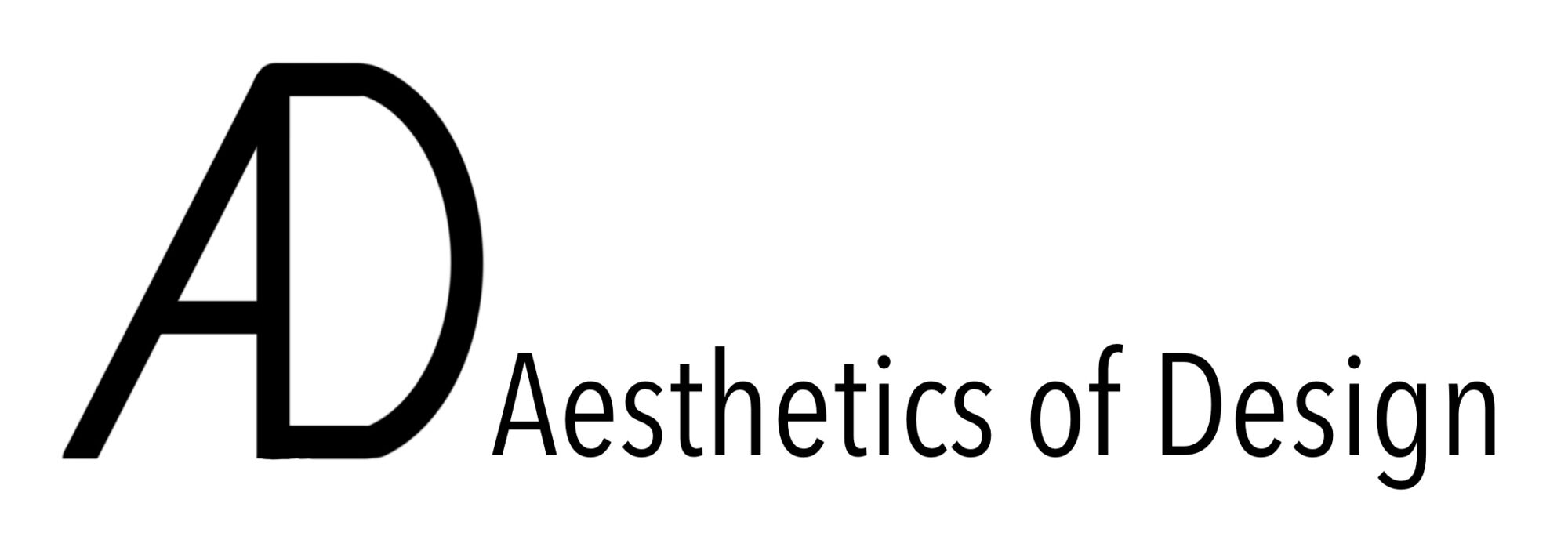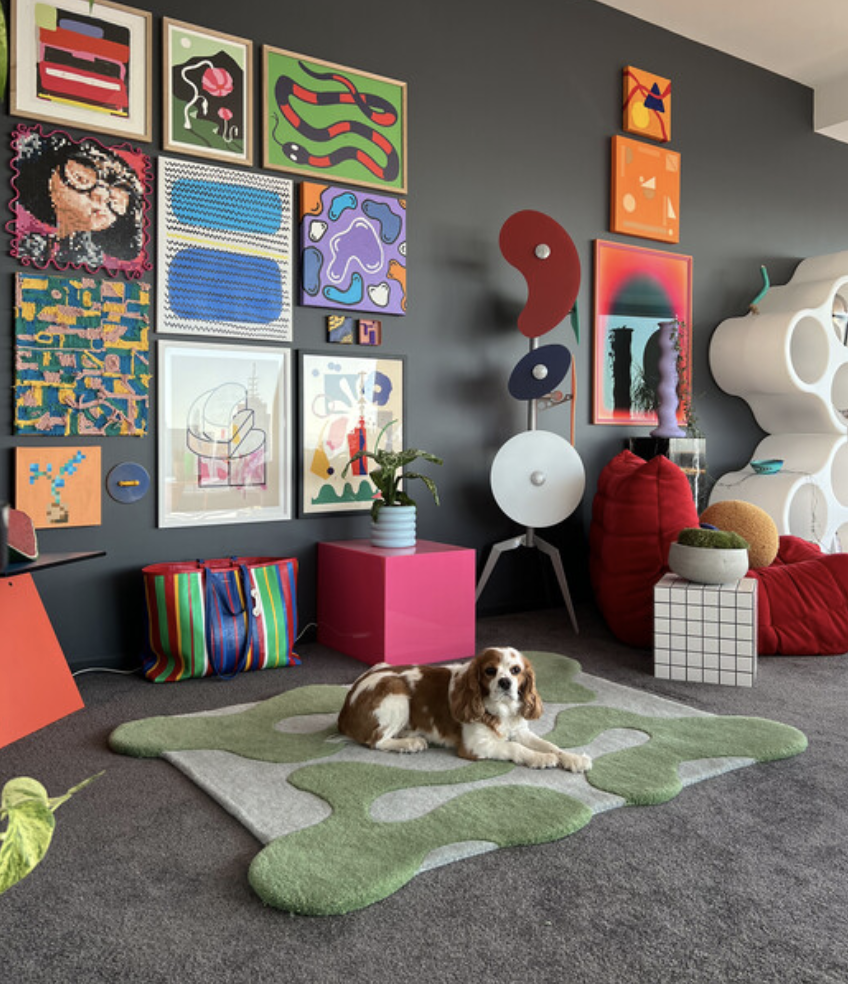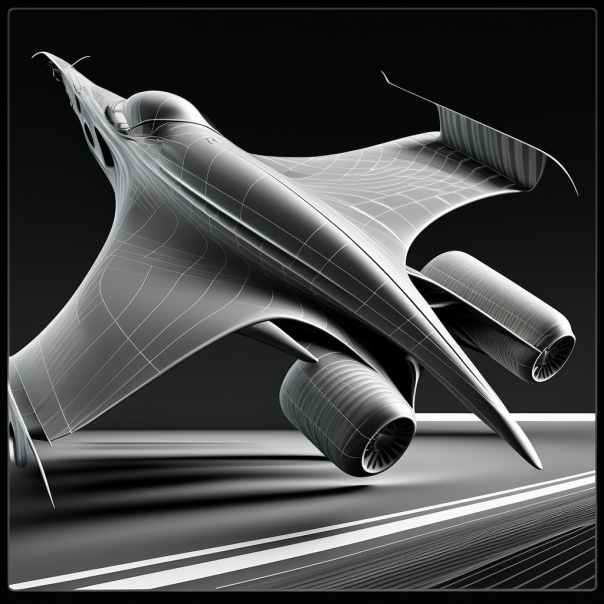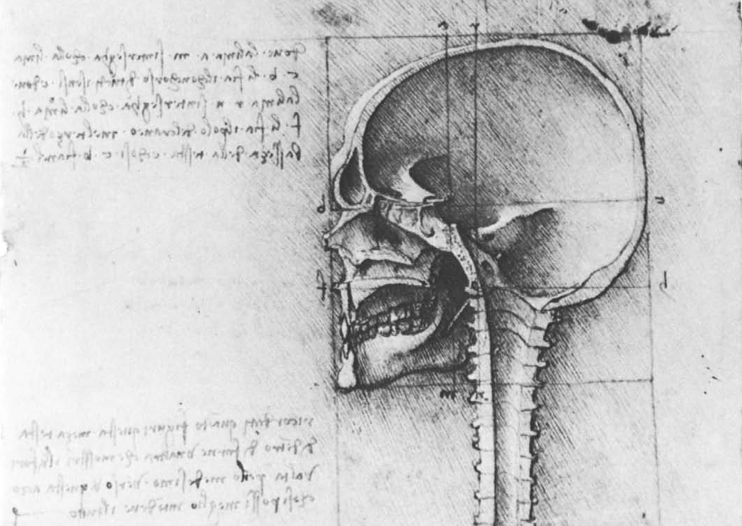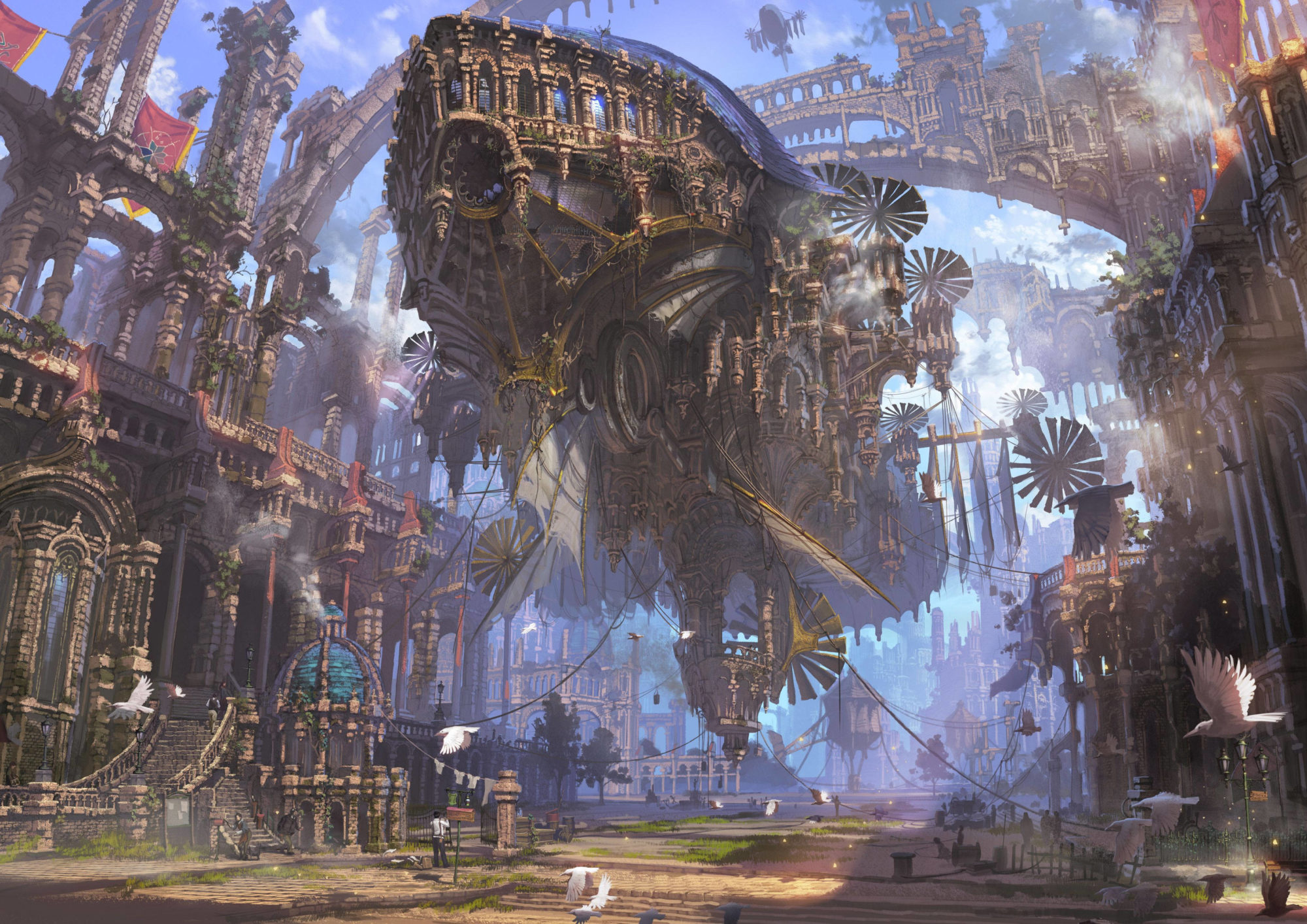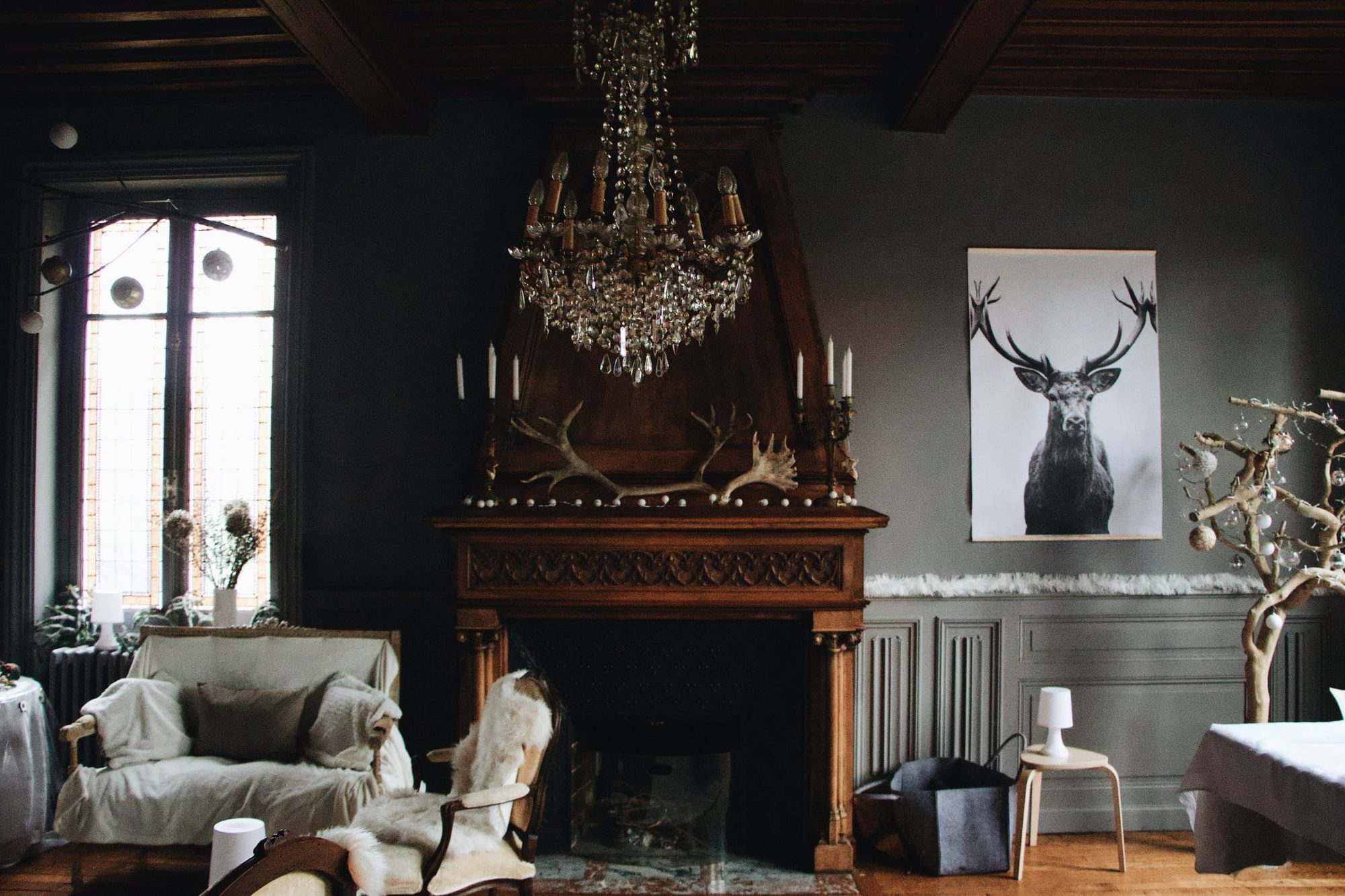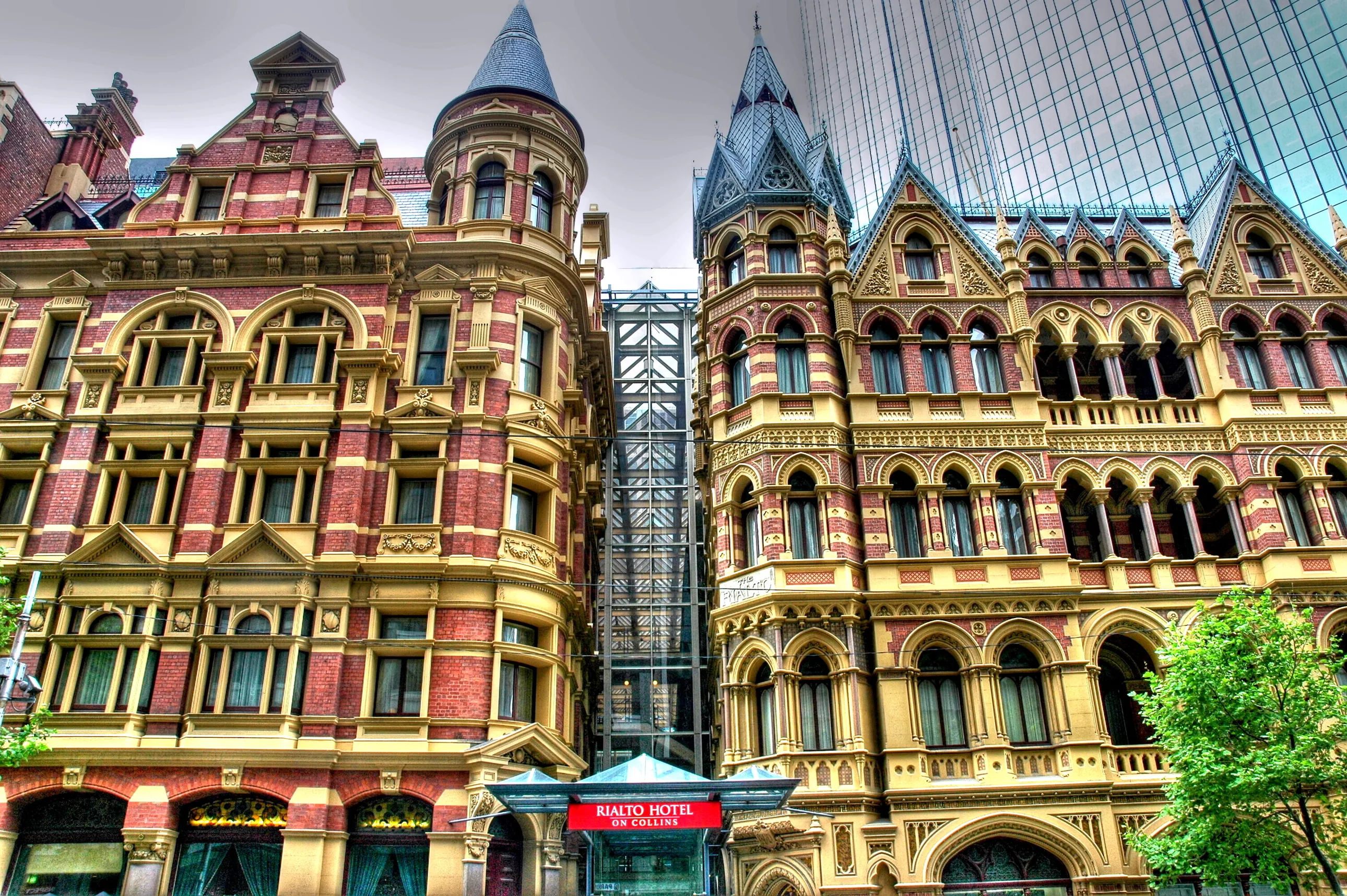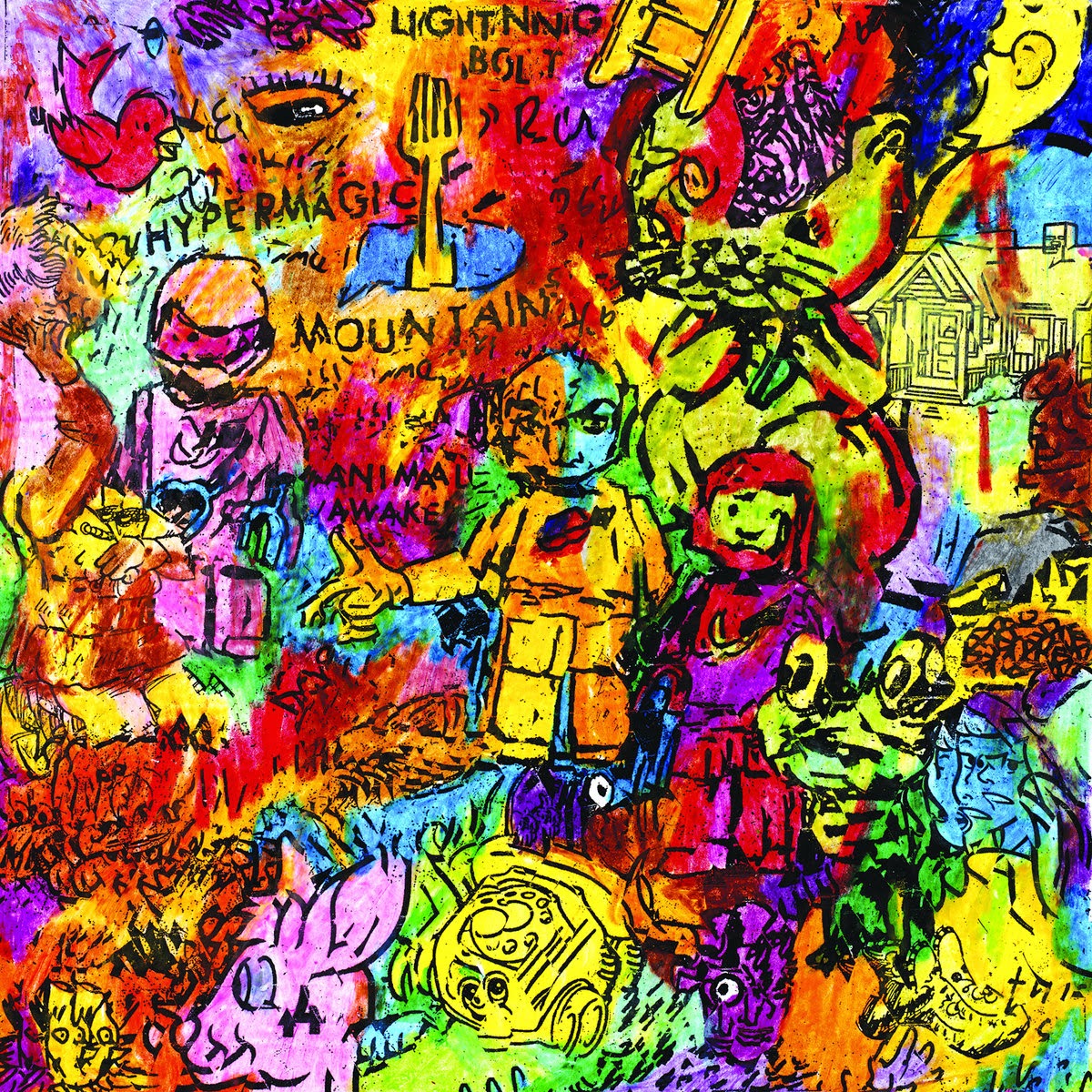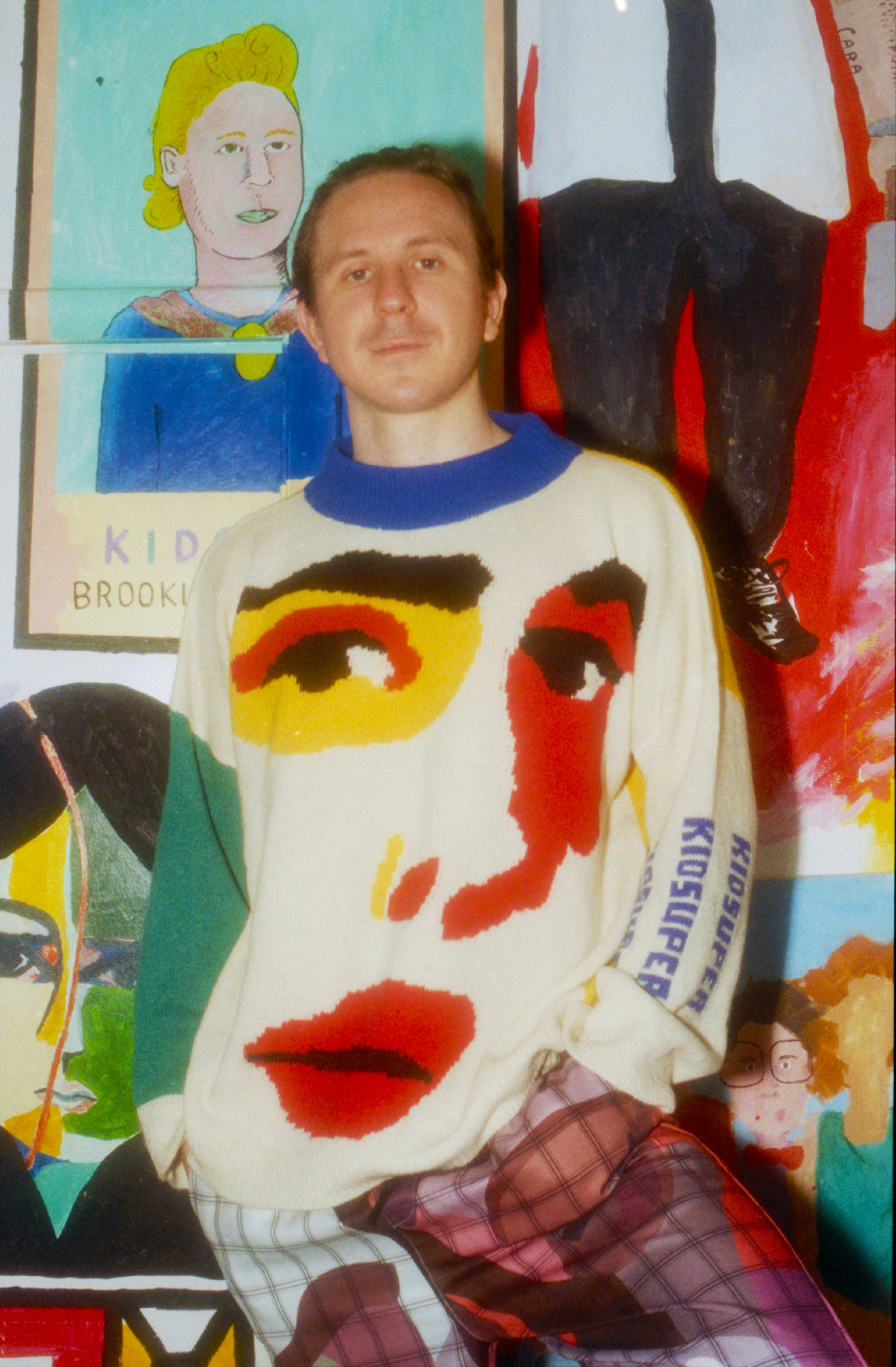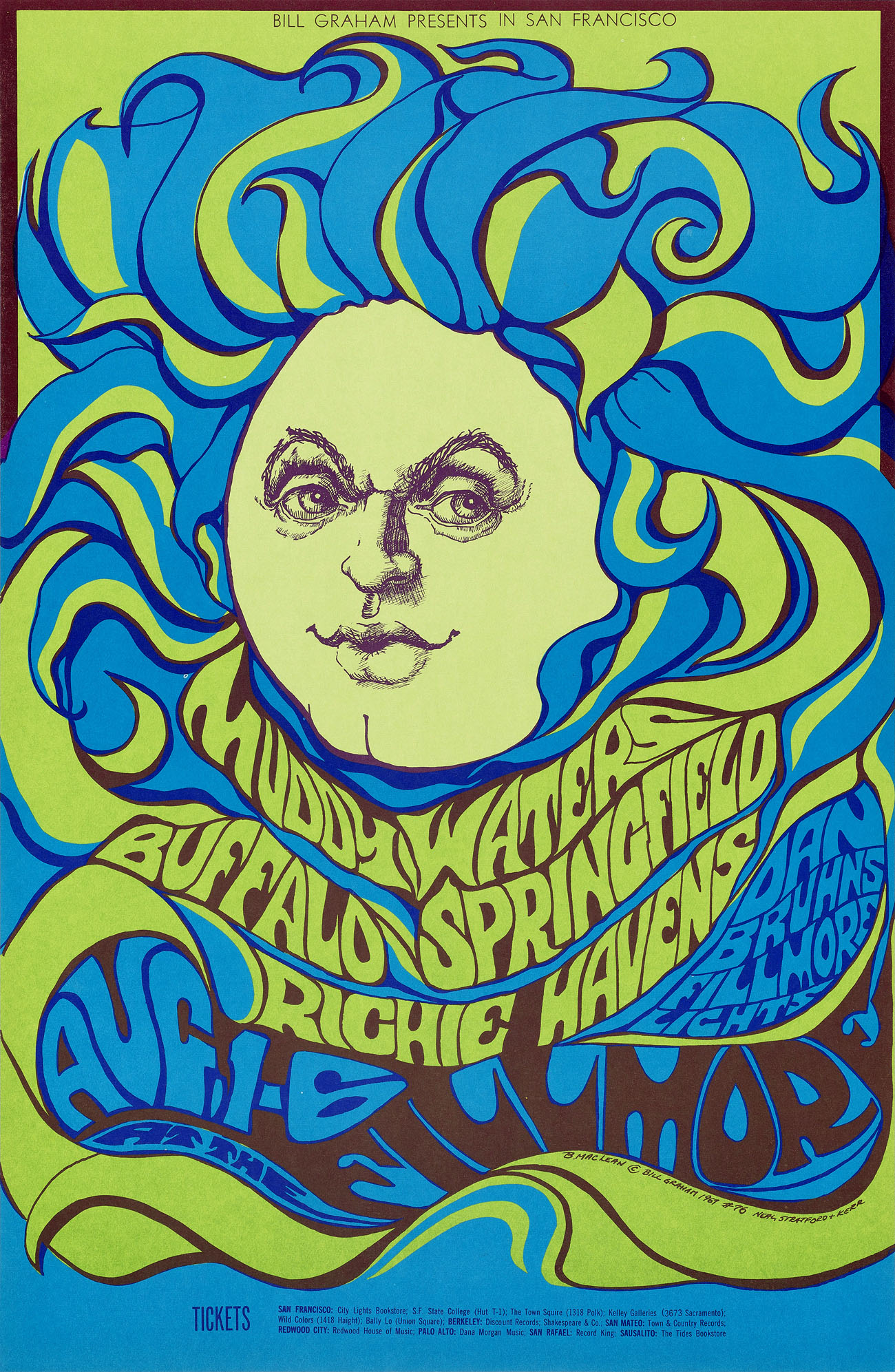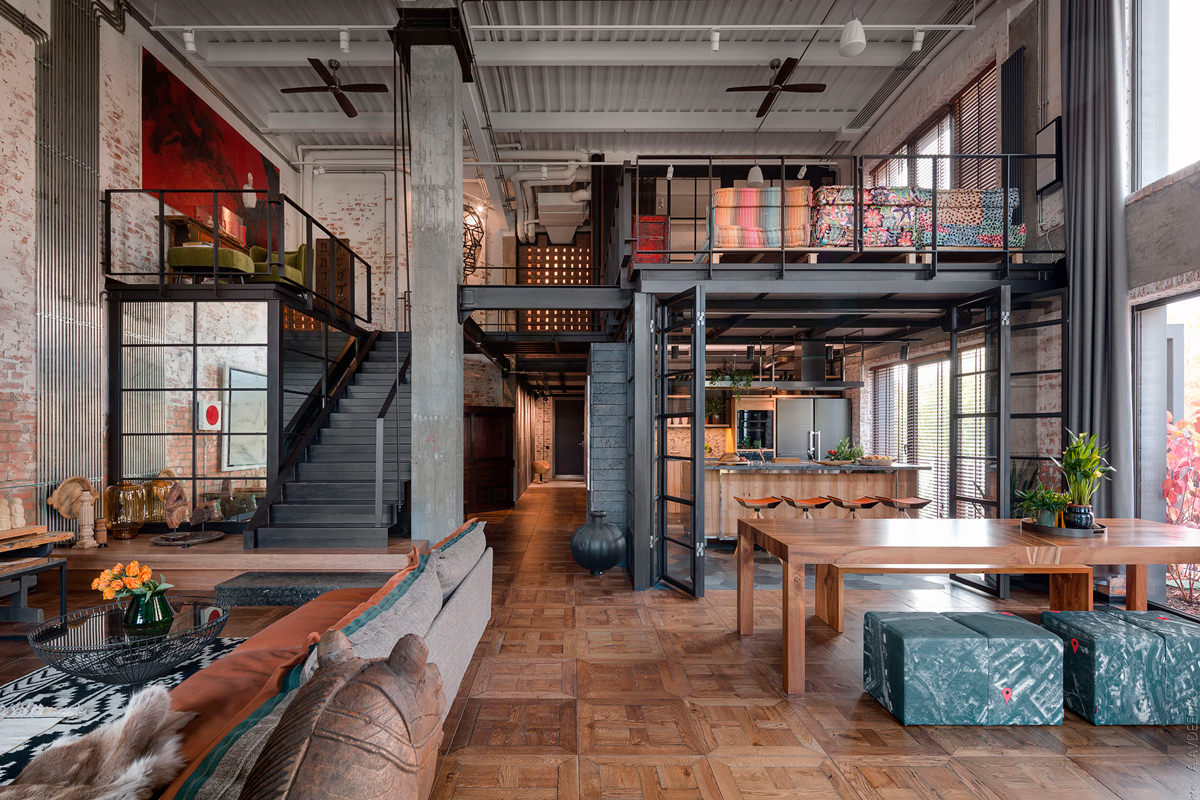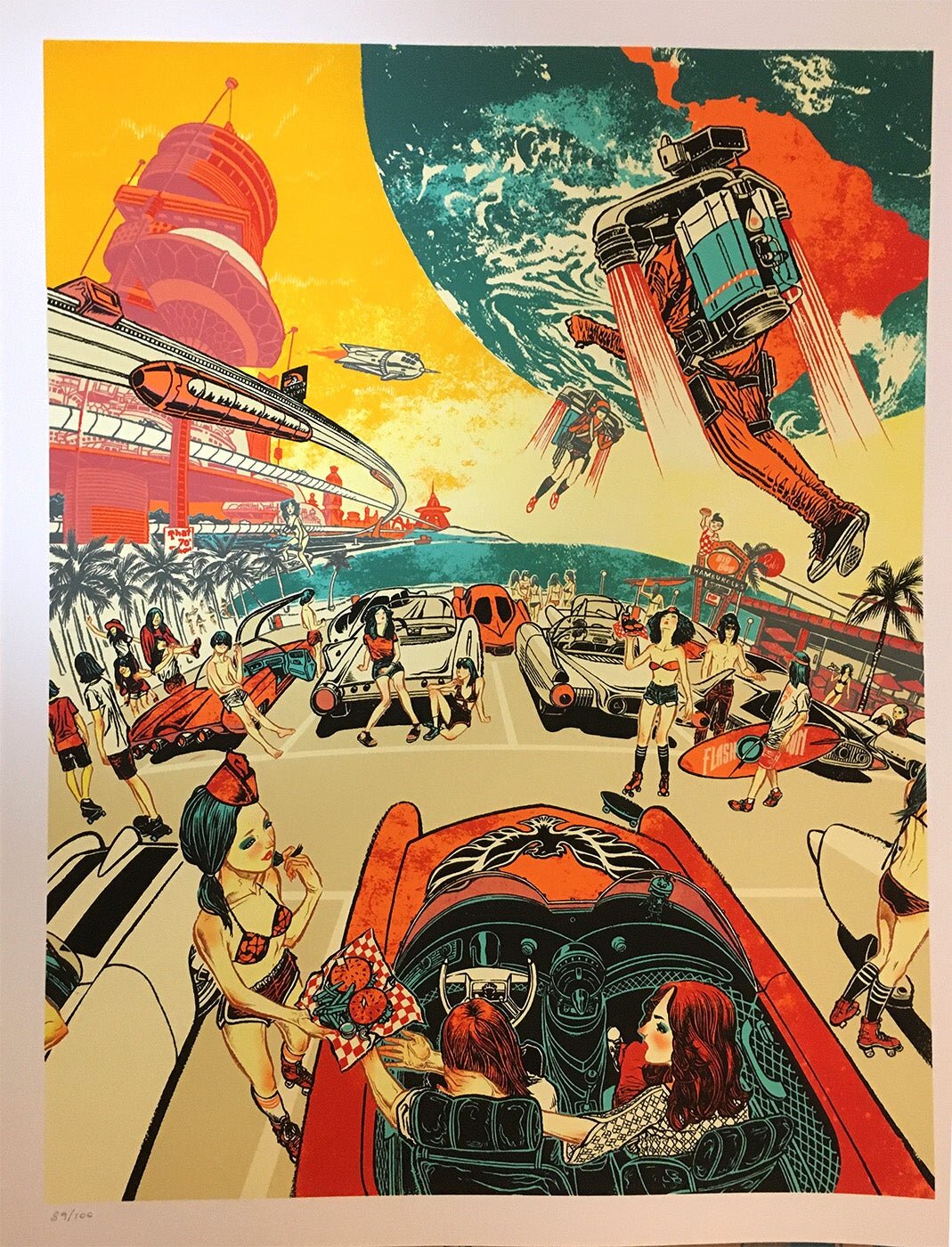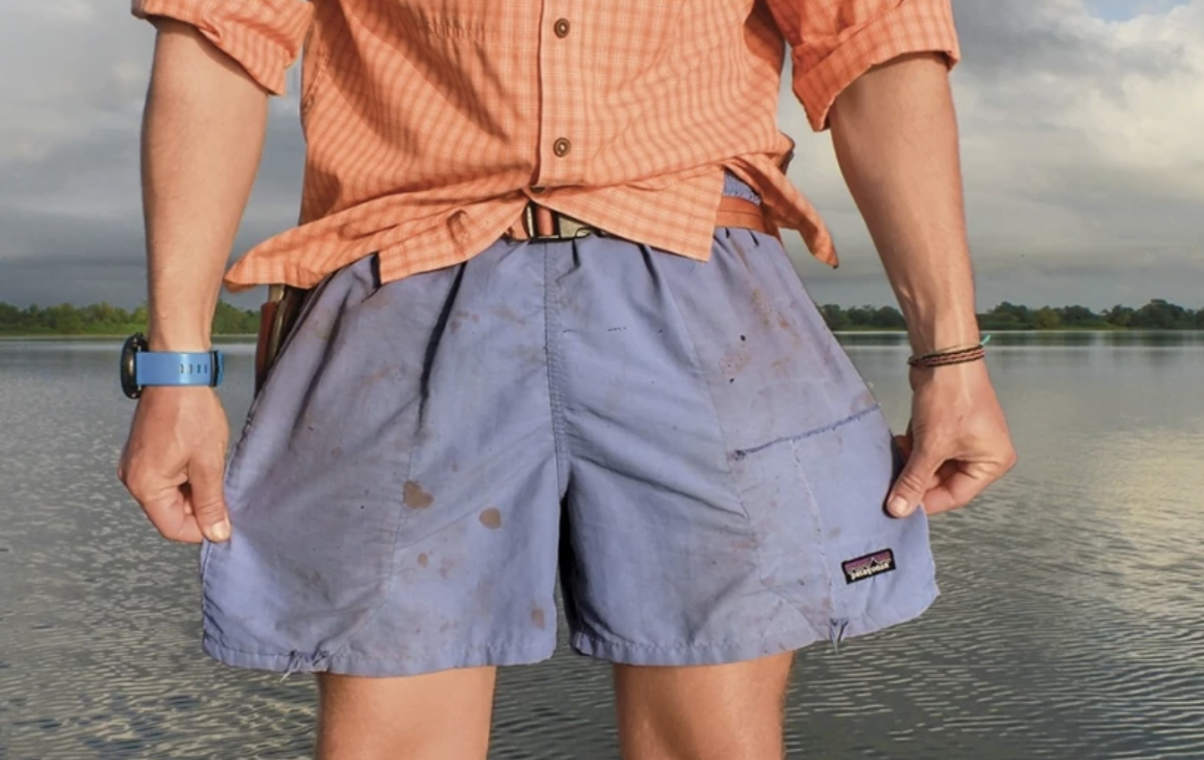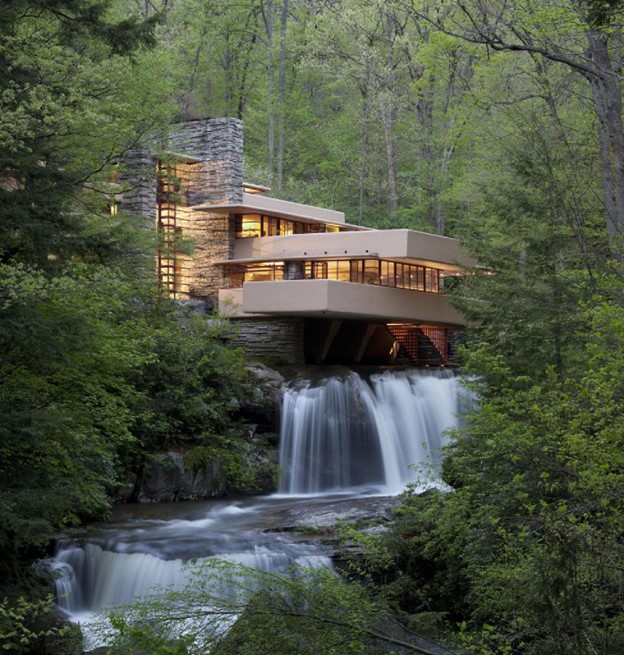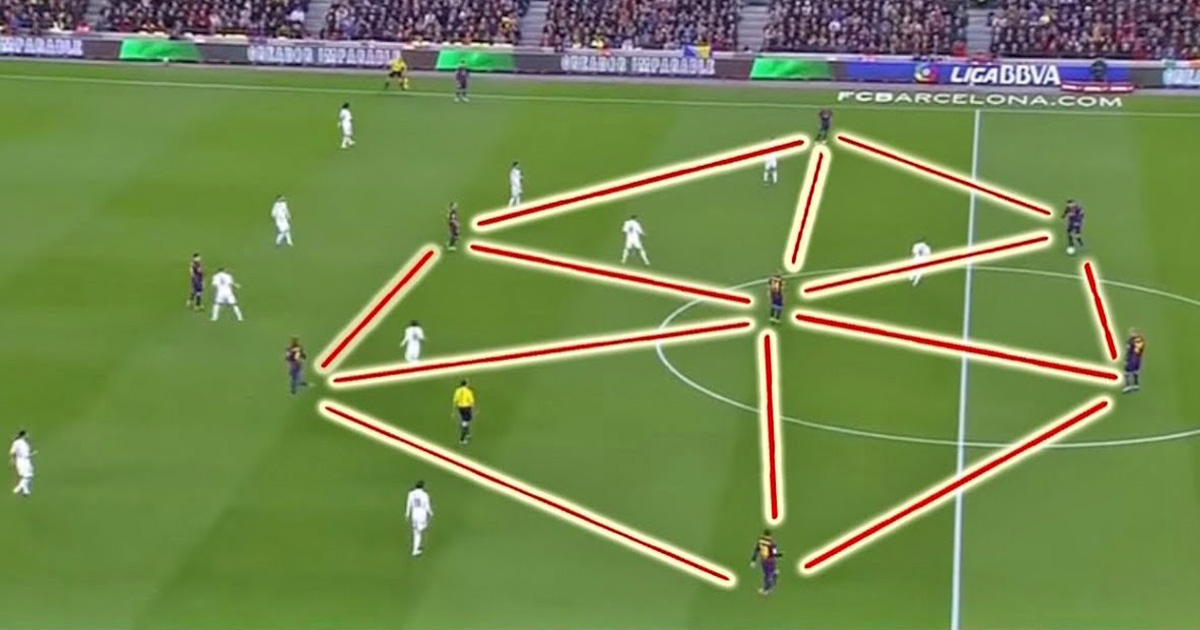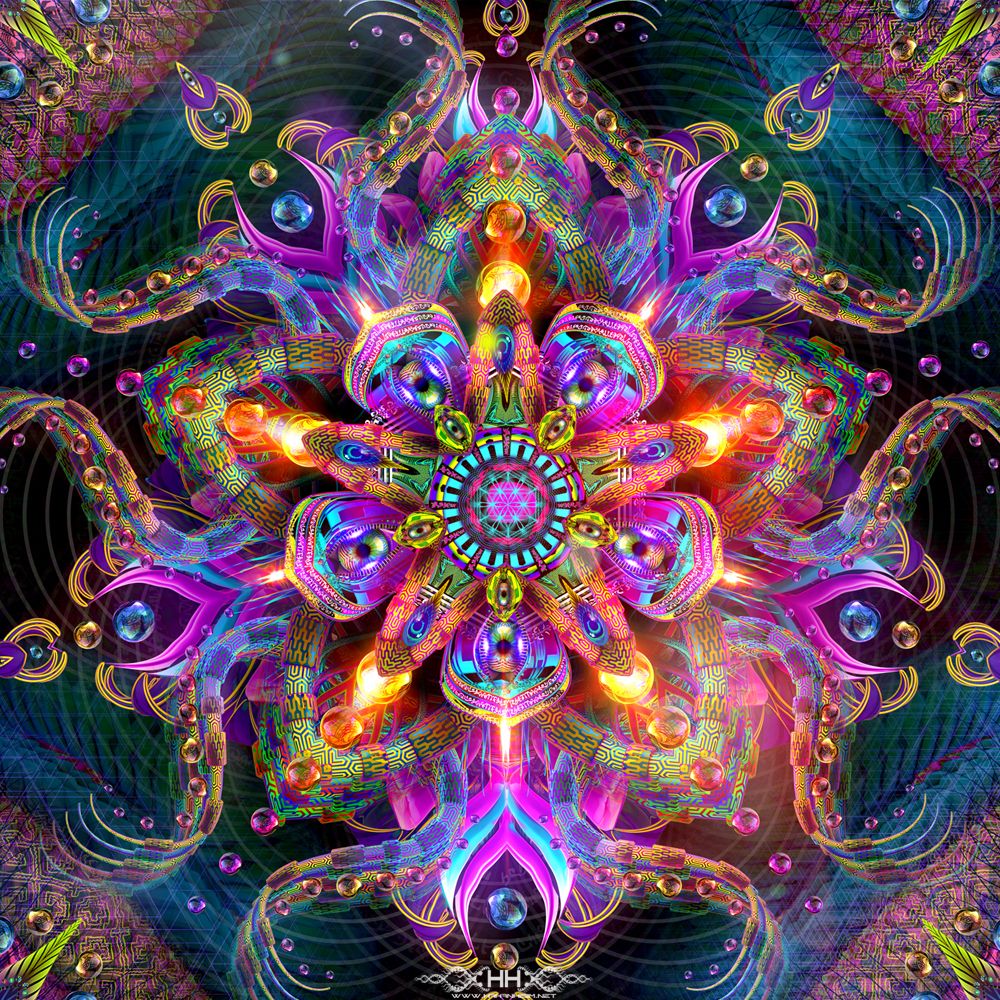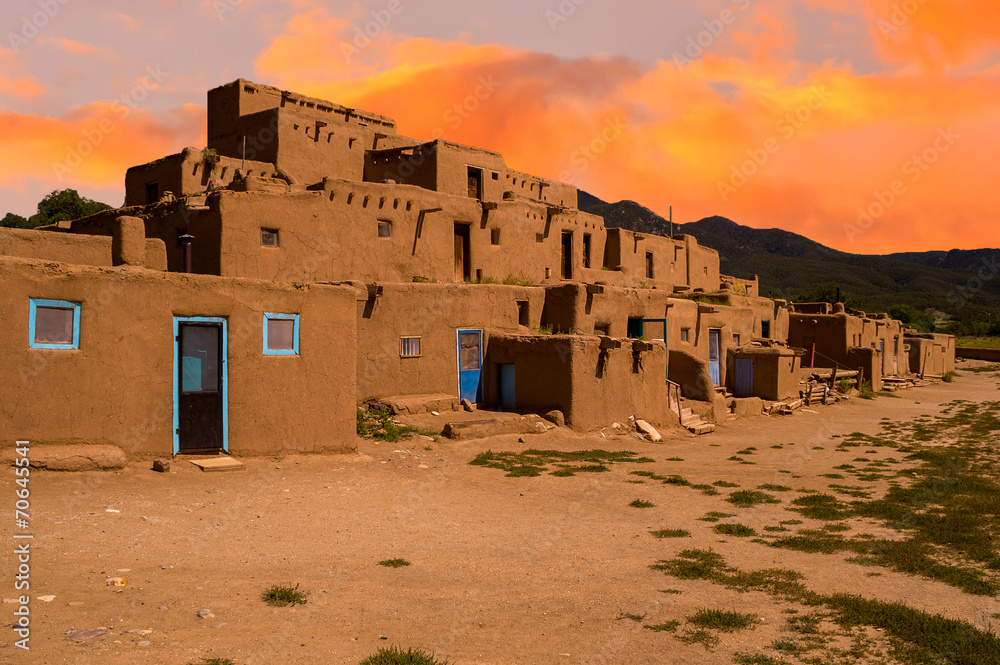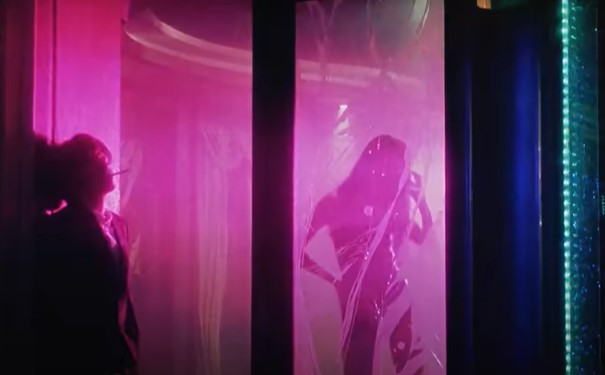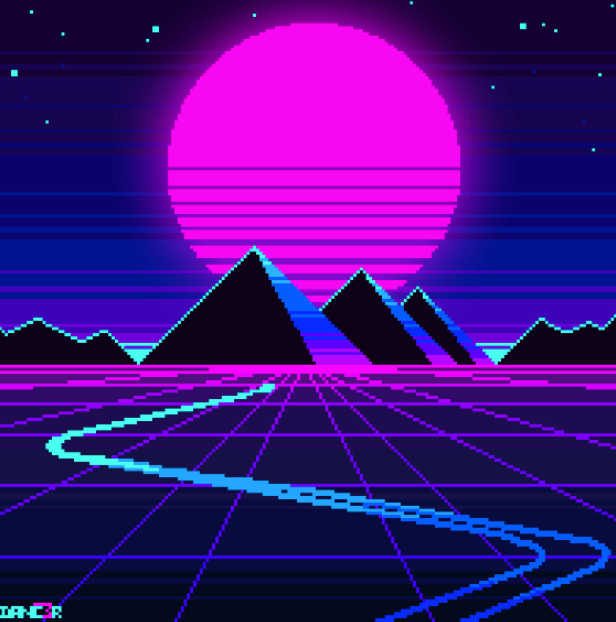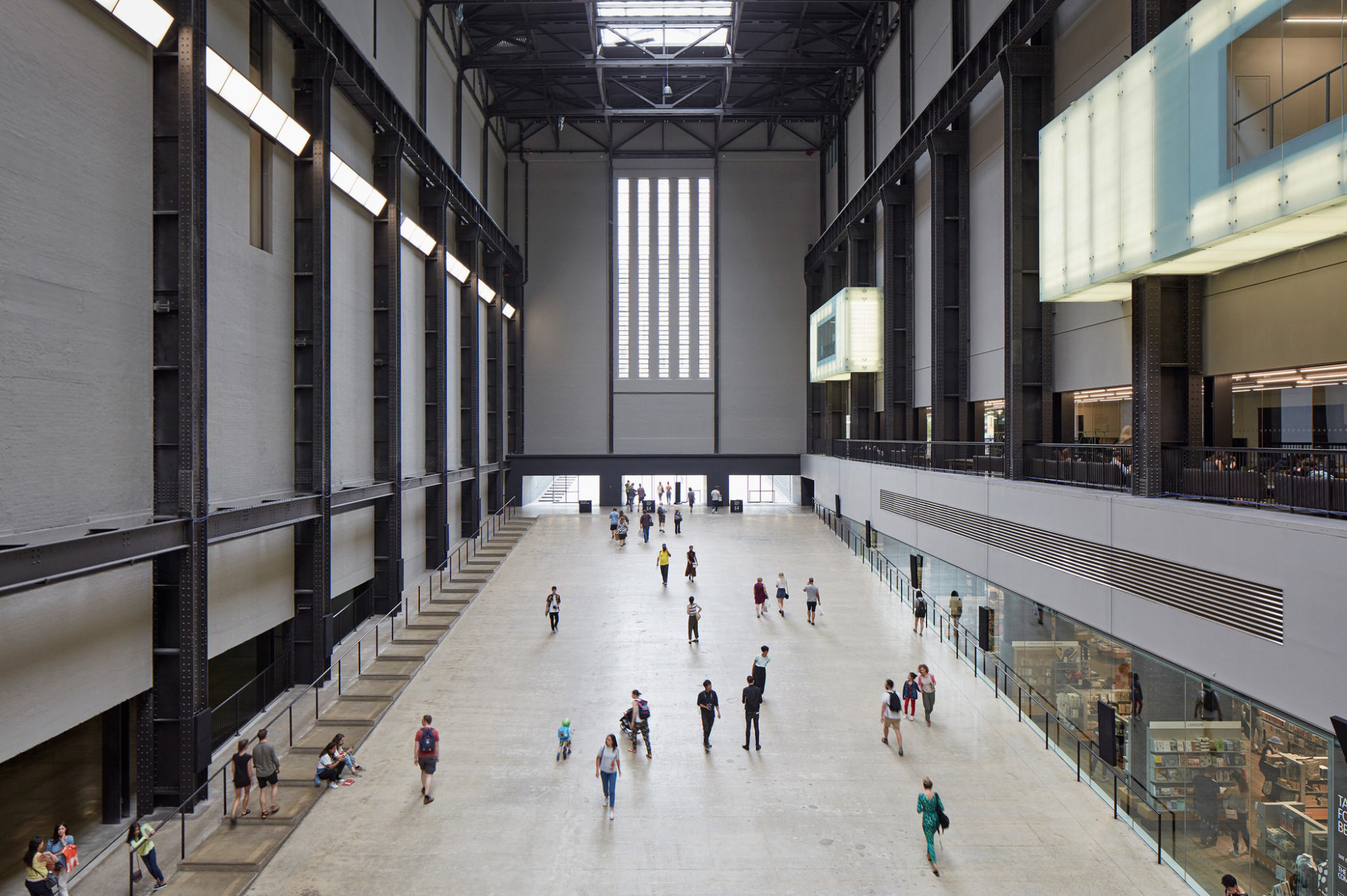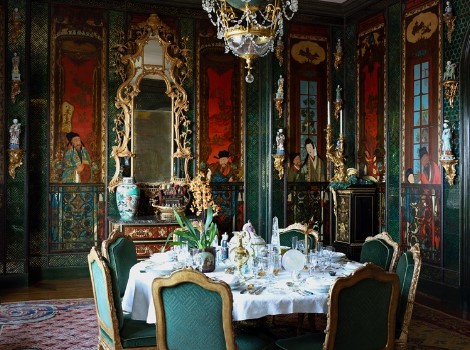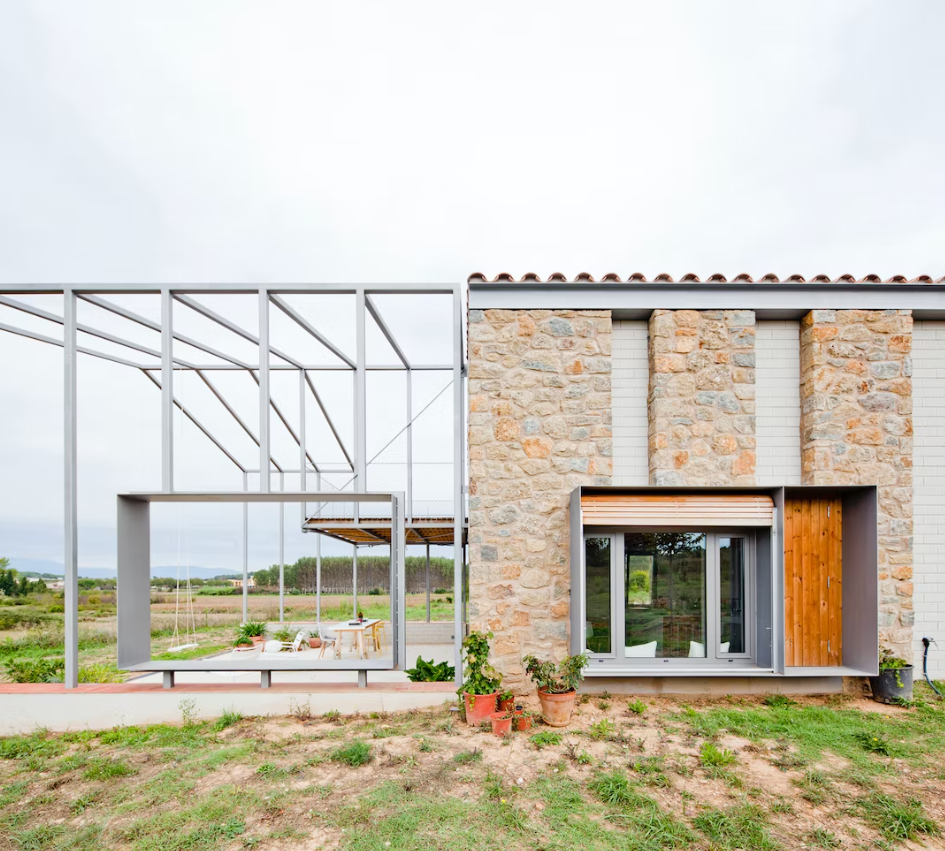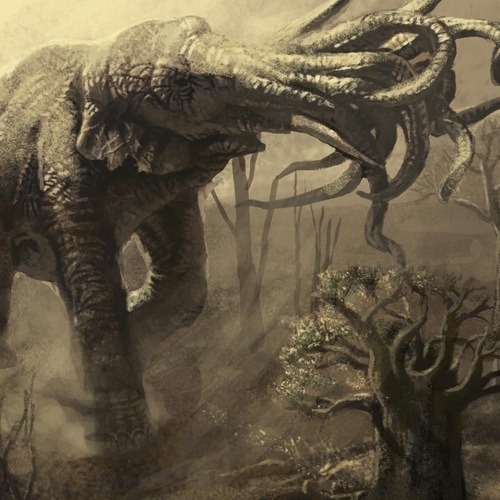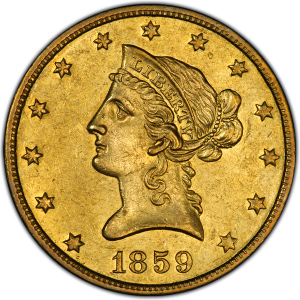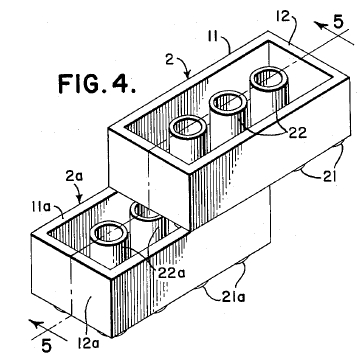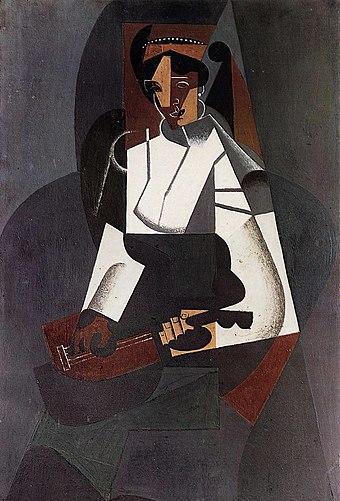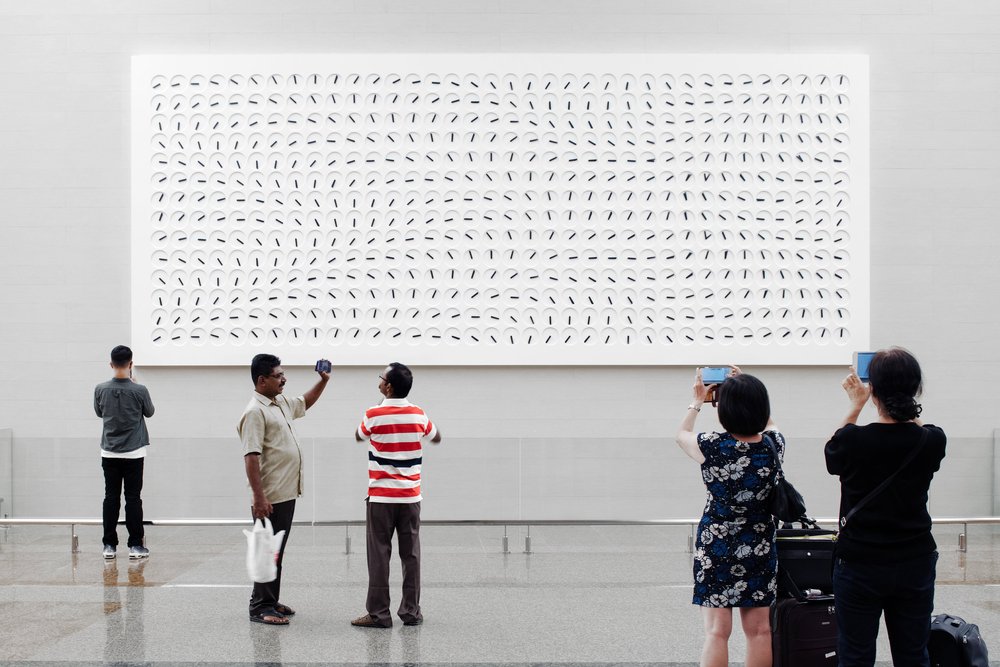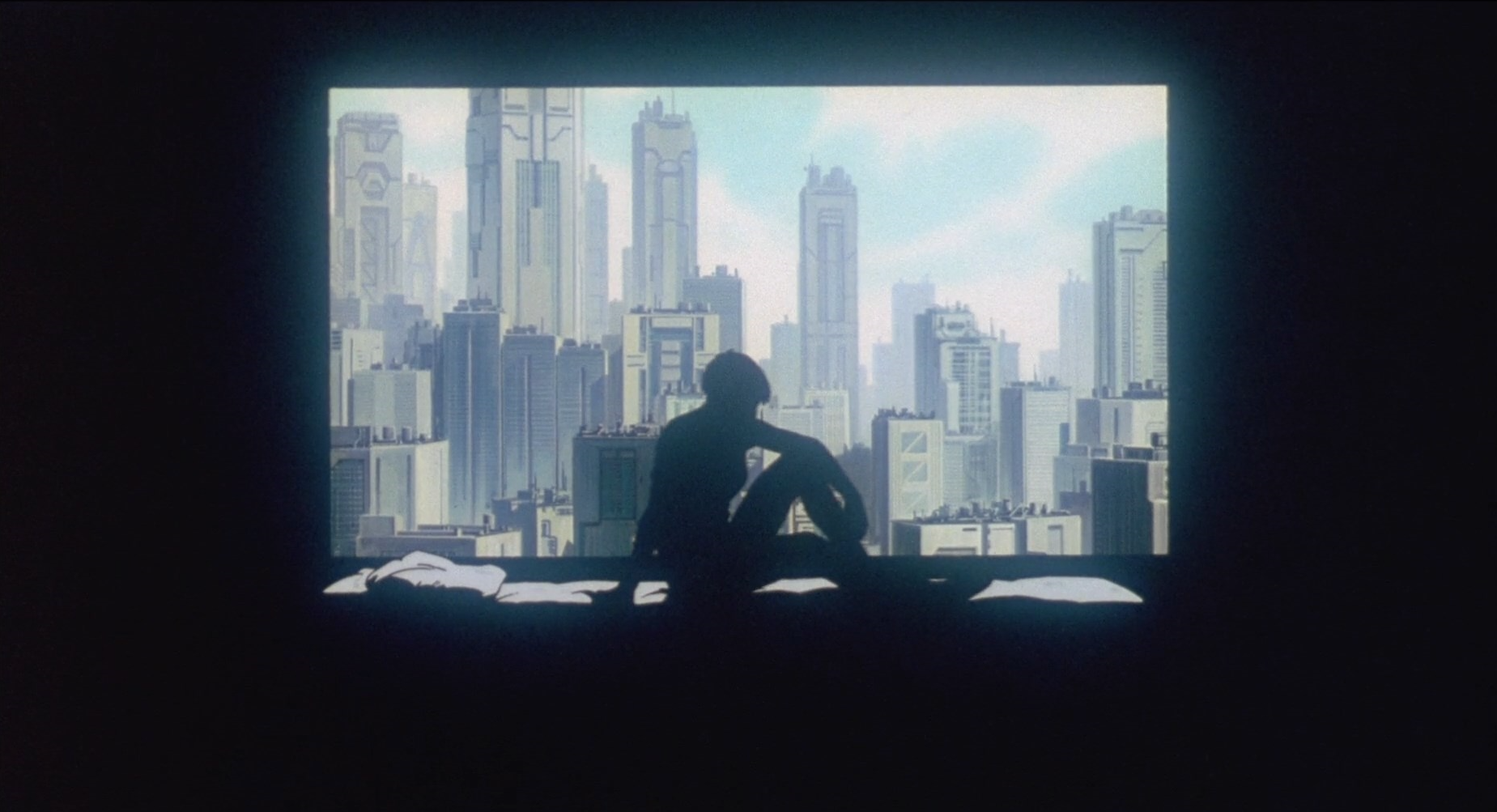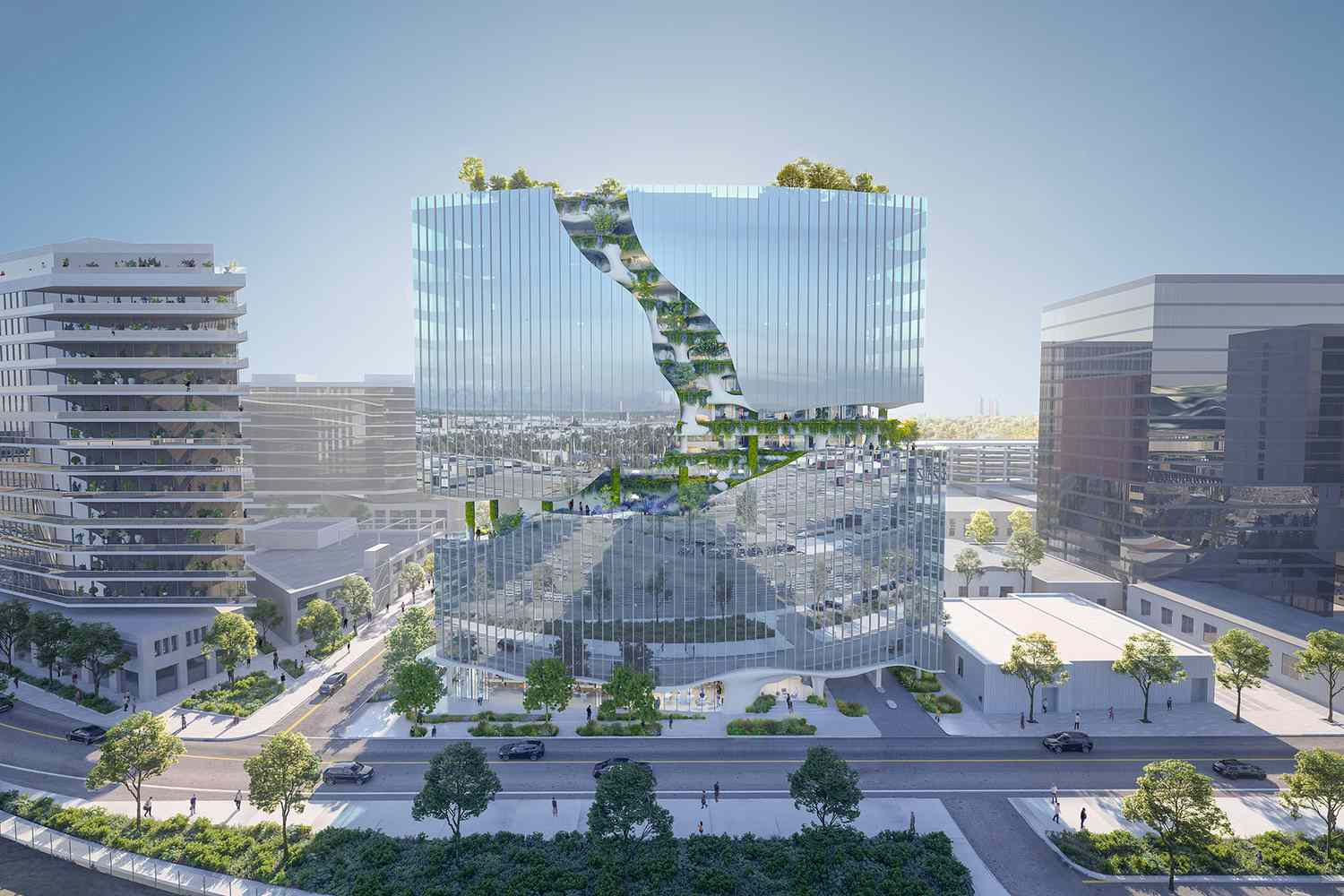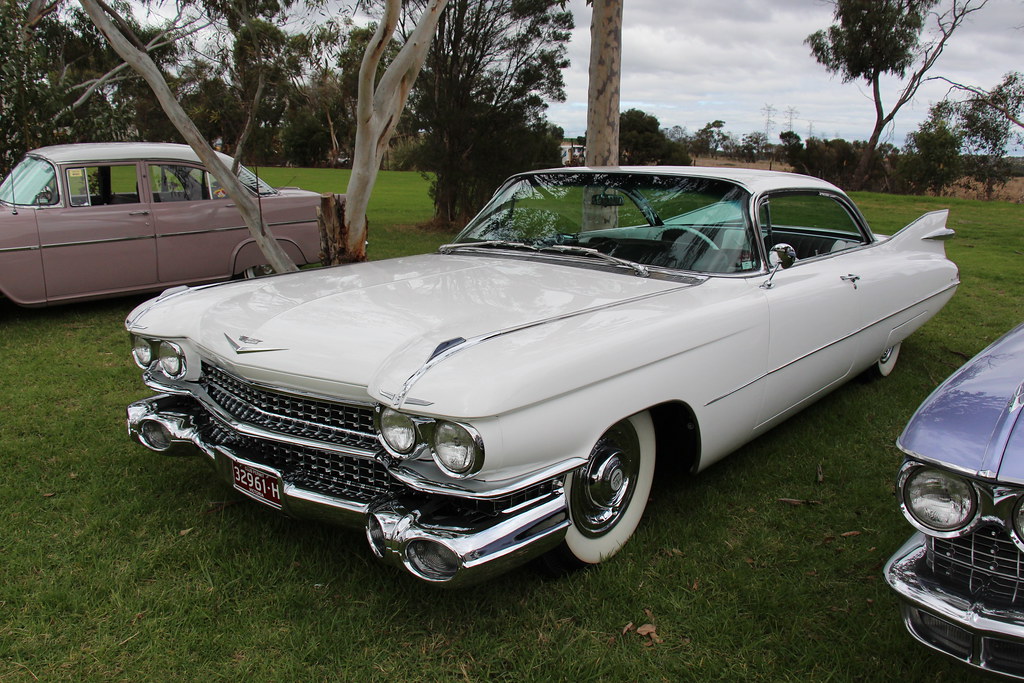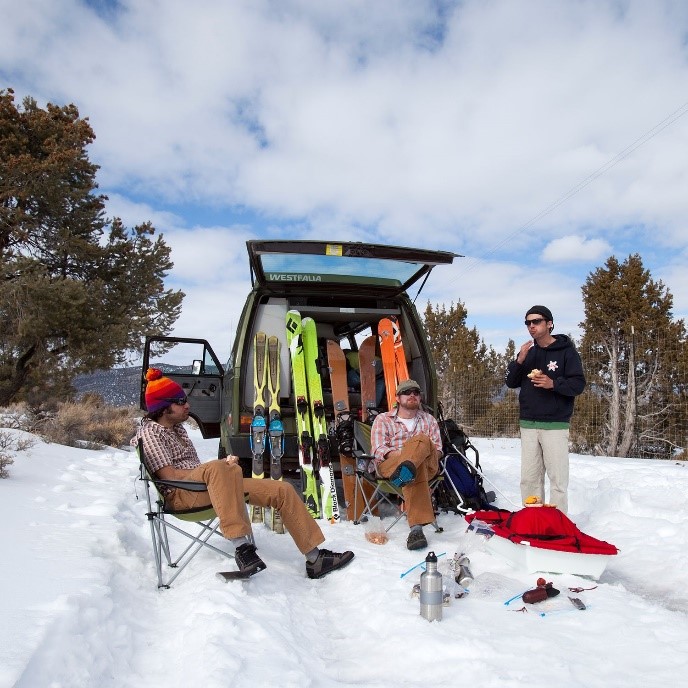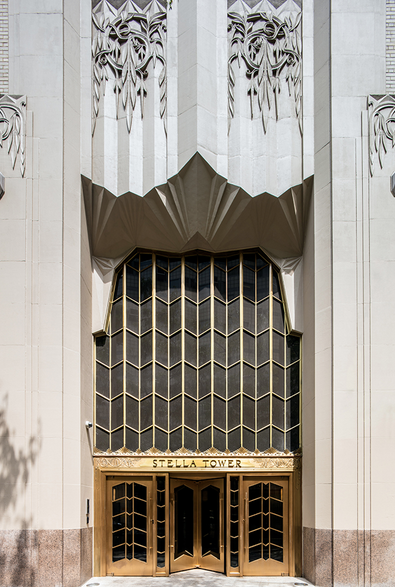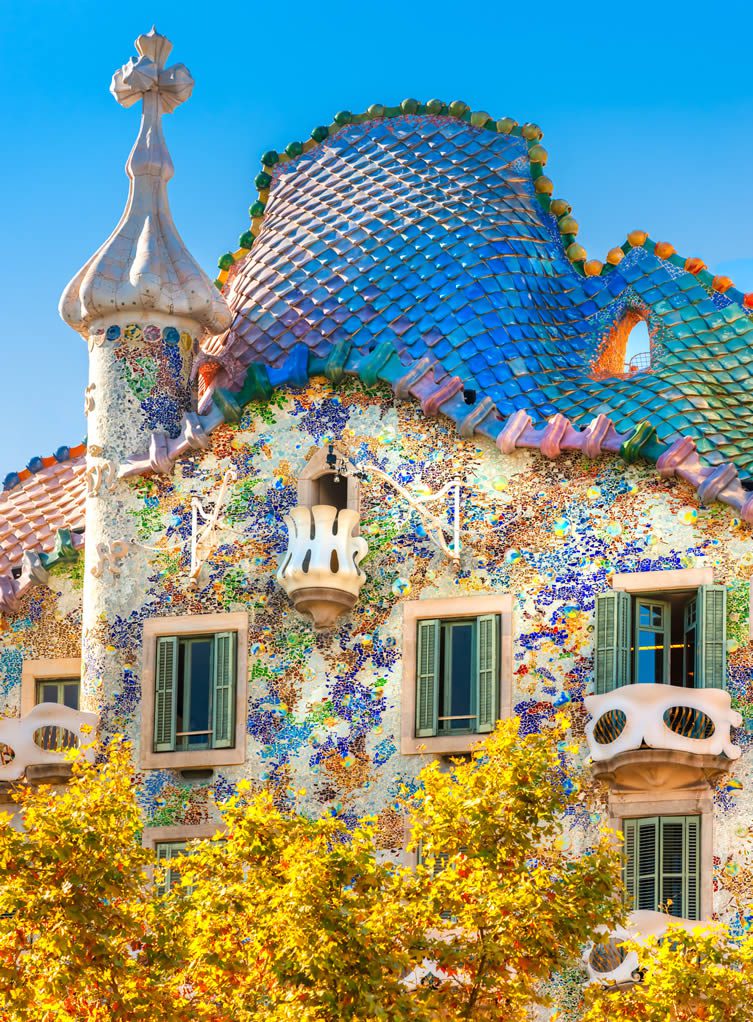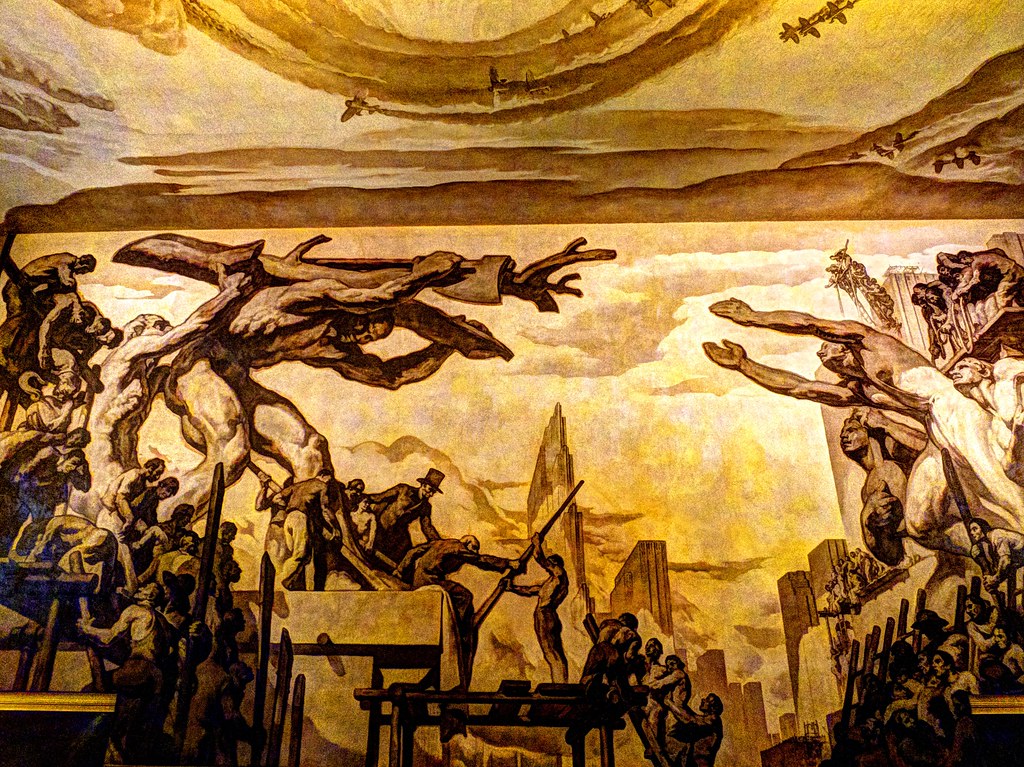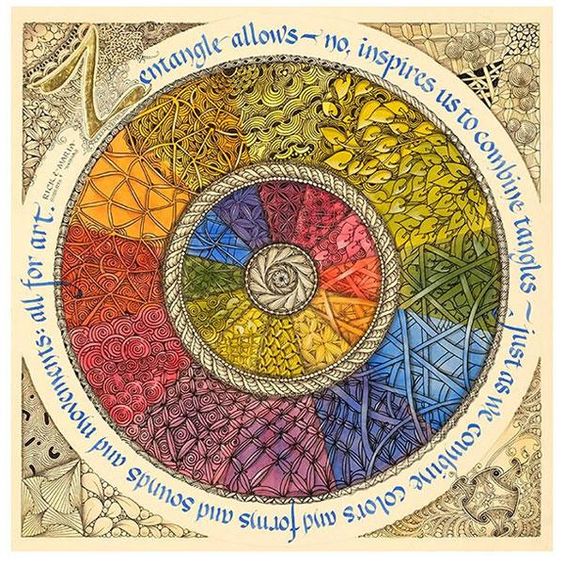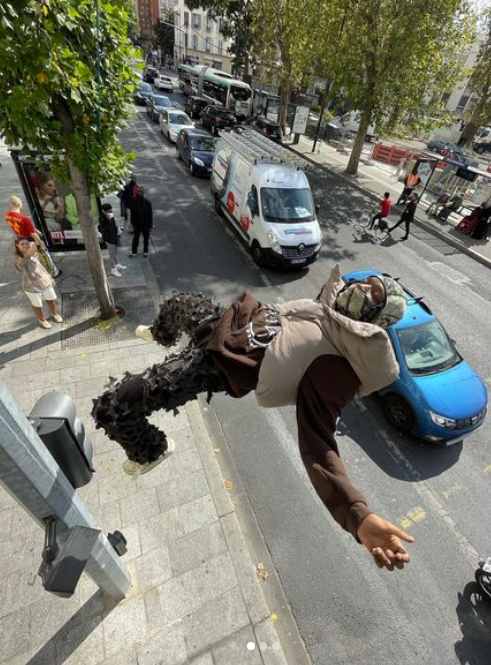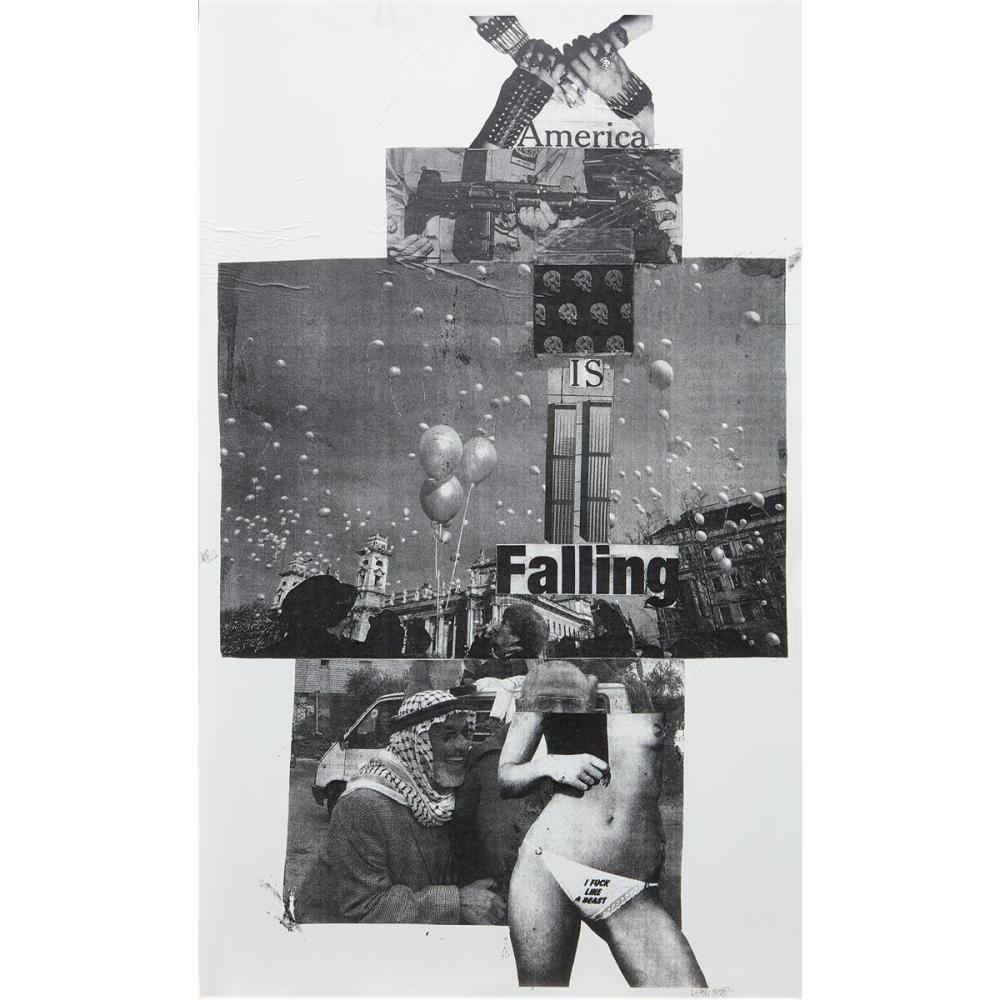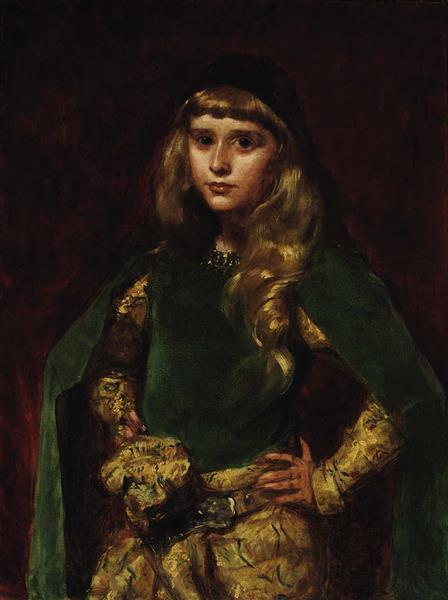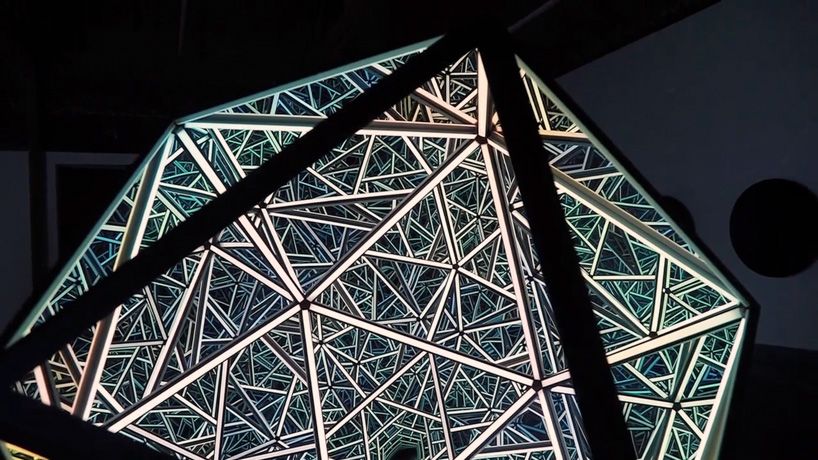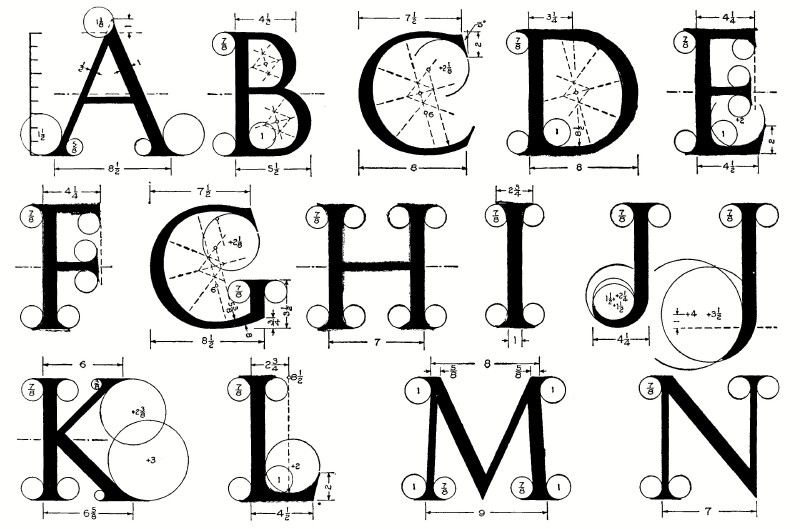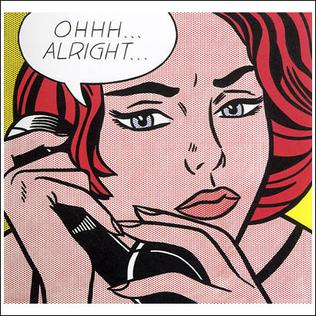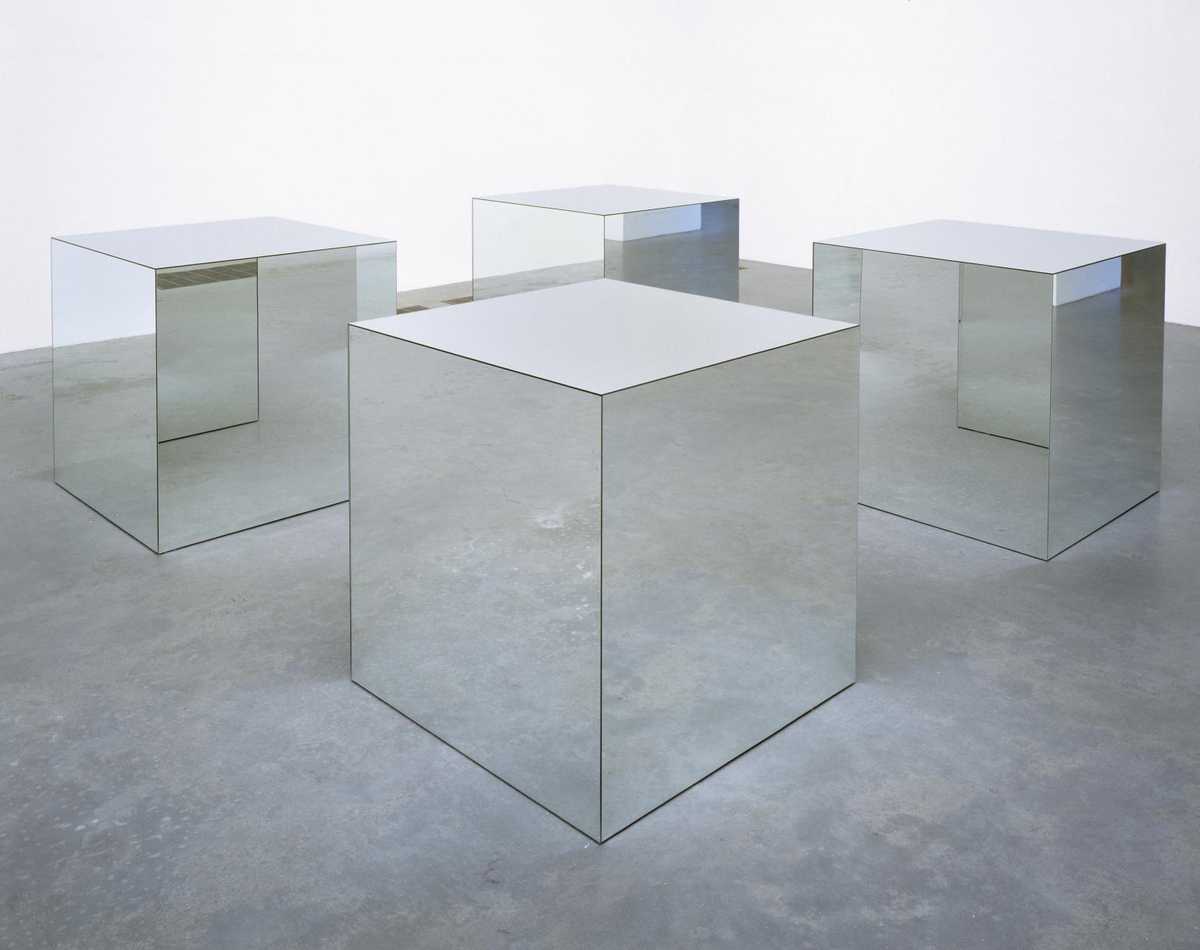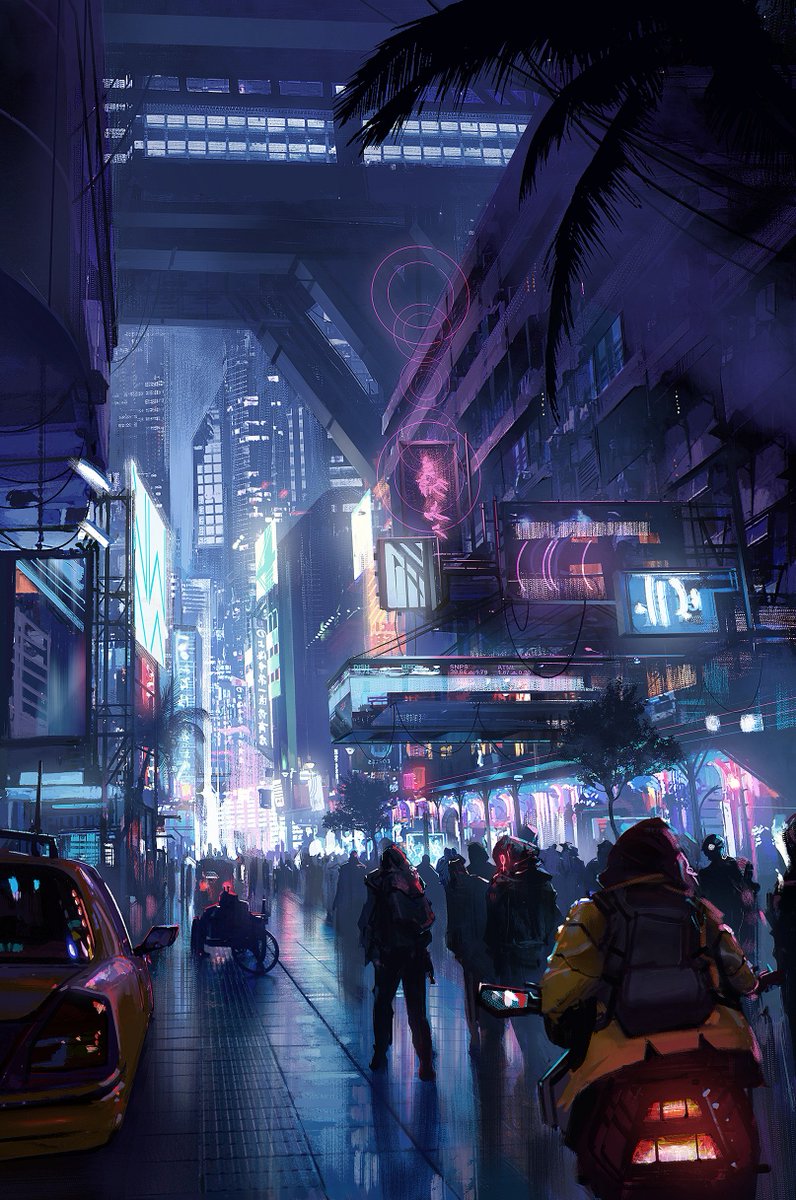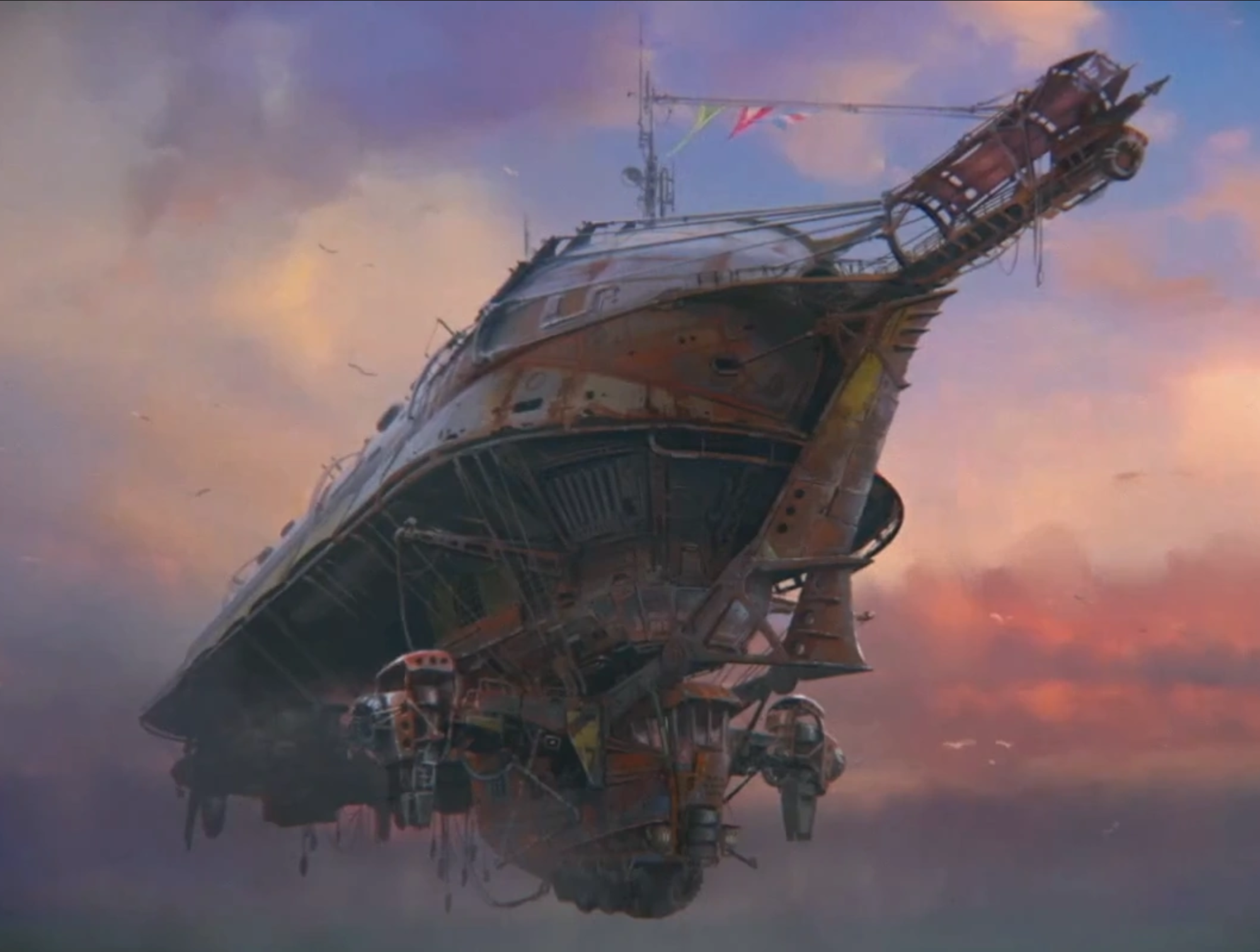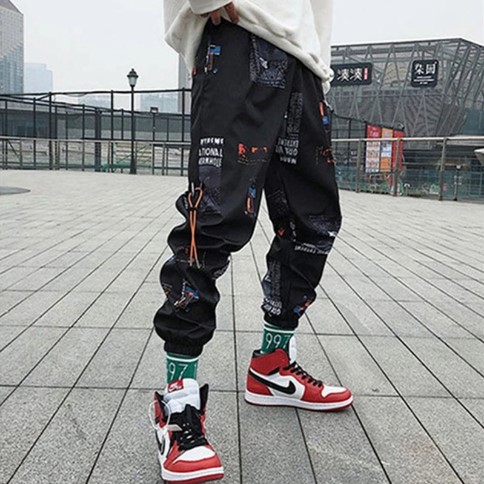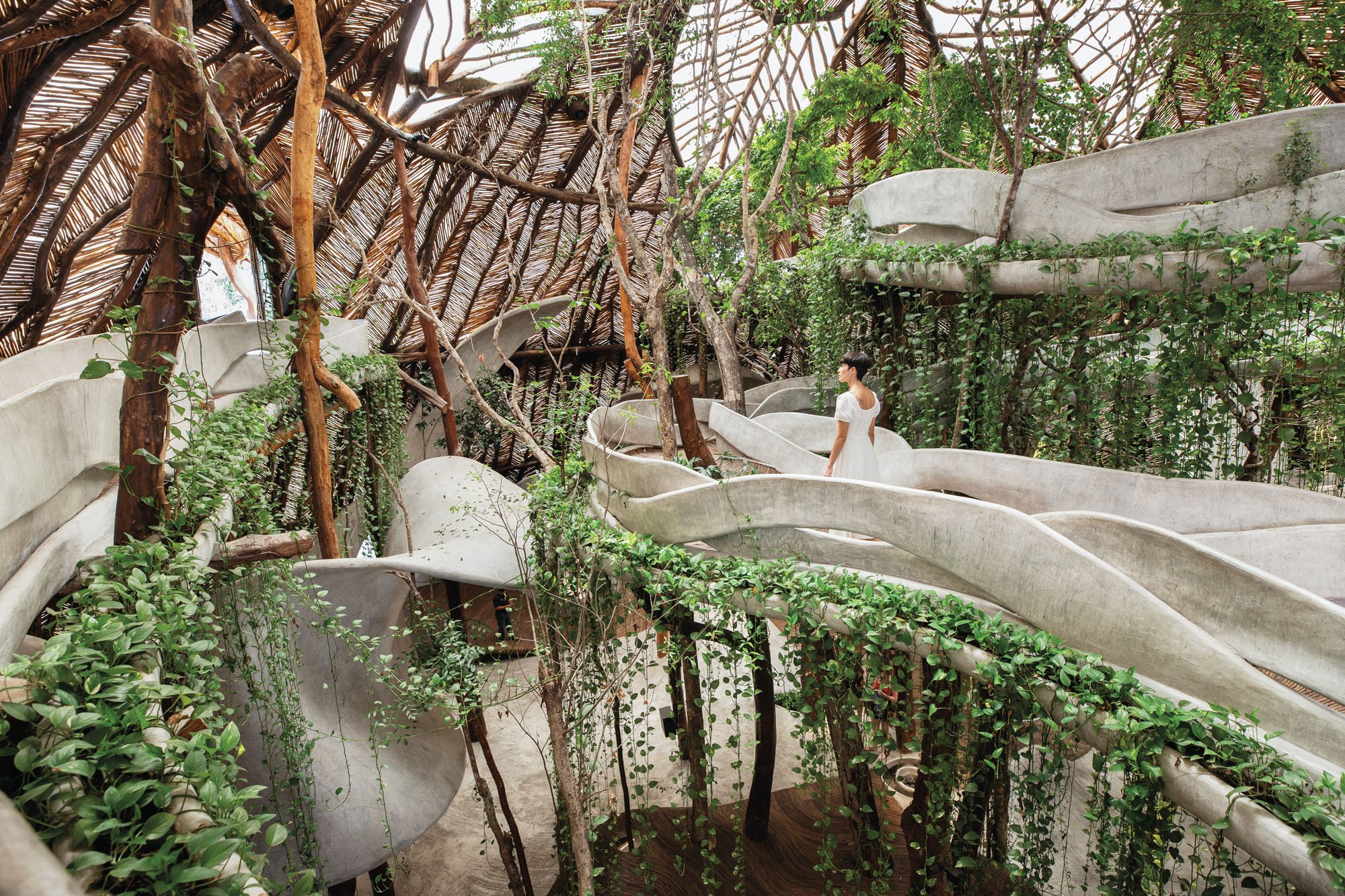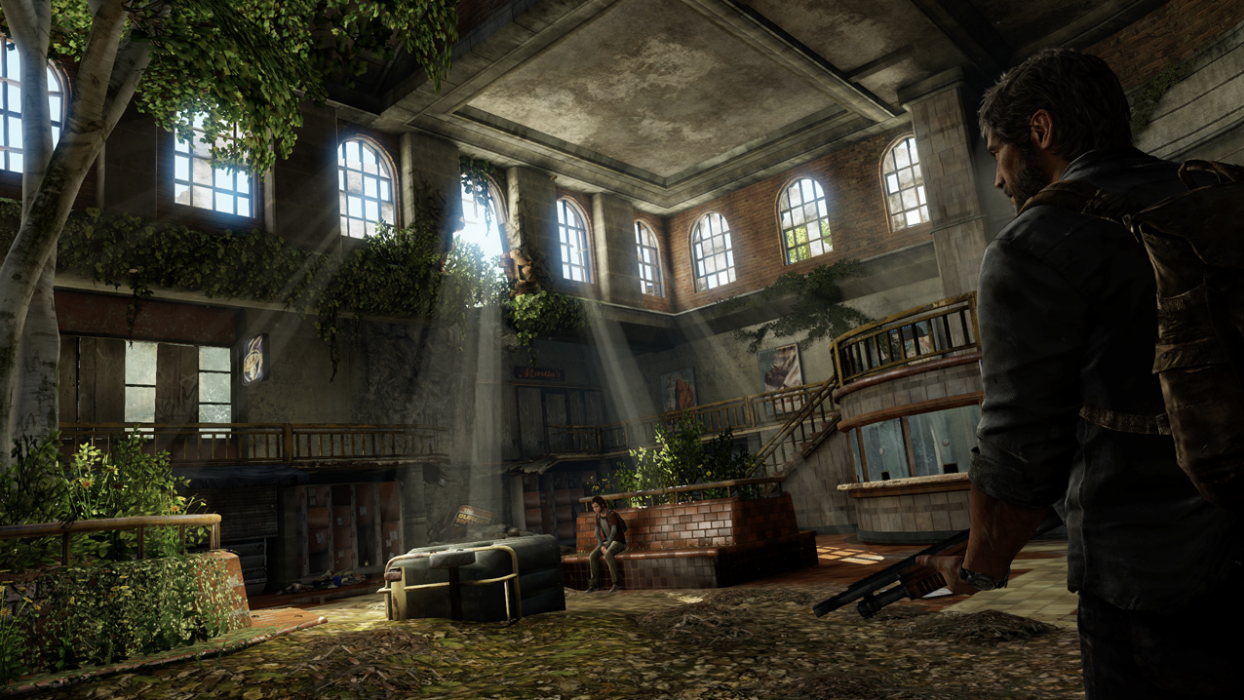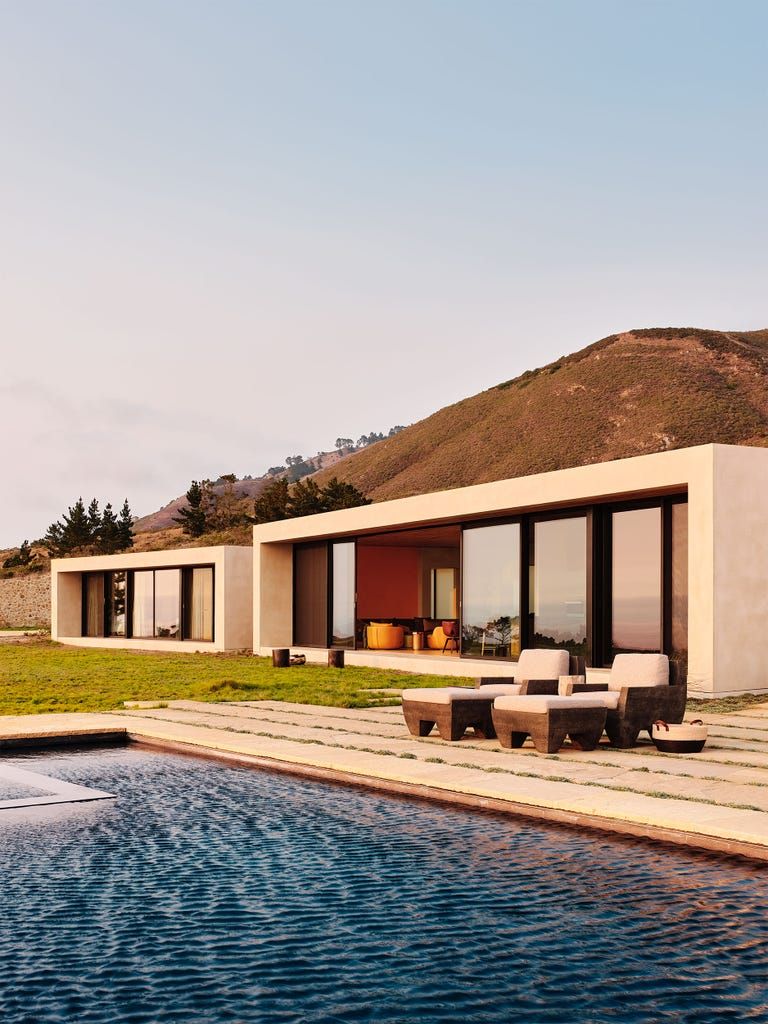Search for content or authors
This Year’s Students
-
Abigail Angwin
-
Adlai White
-
Alexis Cisneros
-
Alex Fitzgerald
-
Alex Gebben
-
Alex Reynolds
-
Aj Terio
-
Andres Serrano
-
Aryan
-
Ari Matrajt Frid
-
Arjun Mody
-
Barrett Lister
-
Ben Clairday
-
Benjamin Hyde
-
Blake Wilson
-
Lavender Giebner
-
Brandon Phillips
-
Cannon Leitz
-
Chris Wachuta
-
Colton Huff
-
Collin Kendall
-
Cole Metcalf
-
Collin Ruprecht
-
David Li
-
Duncan Laird
-
Dylan Breglio
-
Efrosini Krokos
-
Emilee Novak
-
Ethan Polacsek
-
Ethan Sanchez
-
Ethan Silverman
-
Fin McKemey
-
Garrett Miller
-
Grreshan Ramesh
-
Hailey Usher
-
Helen Do
-
Ian Farrar
-
Ian O'neill
-
Jason Allshouse
-
Jace Aschbrenner
-
Jarod Ocampo
-
Jadin Zaccagnino
-
Jess Corbitt
-
Josh Beijer
-
John Bileschi
-
Jon Ezell
-
Jonathon Gruener
-
Josh Gregory
-
Josh Sweeney
-
Juliette Goubeaud
-
Katie Schutt
-
Kevin Kim
-
Kelso Norden
-
Kyra Anderson
-
Kyle Hashiro
-
Kyle Pohle
-
Luke Nicol
-
Luke Prins
-
Max Lantz
-
Maddox Mitchell
-
Matthew Osborn
-
Max Palish
-
Michael Becerra
-
Michael Gray
-
Nicholas Gotlib
-
Nick Olguin
-
Noah Howell
-
Oliver White
-
Peter Arnold
-
Riley Menke
-
Sam Biehle
-
Sammie Duran
-
Sam Gluskoter
-
Sarah Pepper
-
Sean Riddle
-
Sierra Greeley
-
Sophie Berry
-
Sophia Montie
-
Tim Hellweg
-
Tiana Vitry
-
Trent Bjorkman
-
Travis Mulford
-
Venkata Sanyasi Krishna Vidhan Rallapalli
-
Vincent Tang
Yuting Wang
-
Aryan Gandhi
Rishi Assar
-
Jean Hertzberg
-
Shrey Naresh Solanki
This work is licensed under CC BY-NC-SA 4.0
